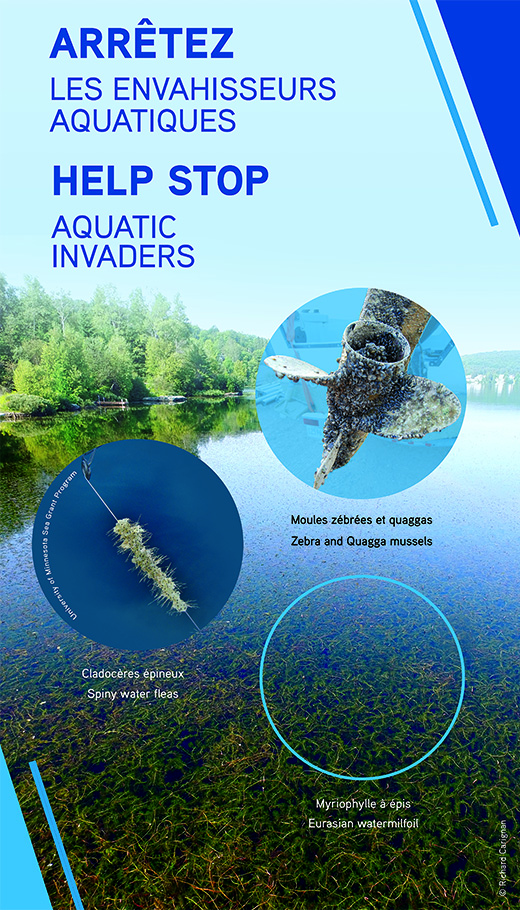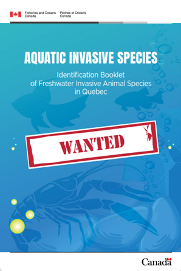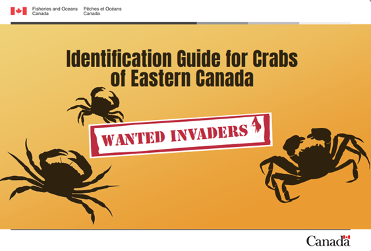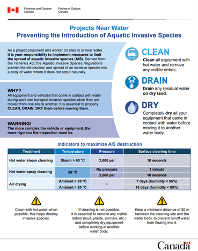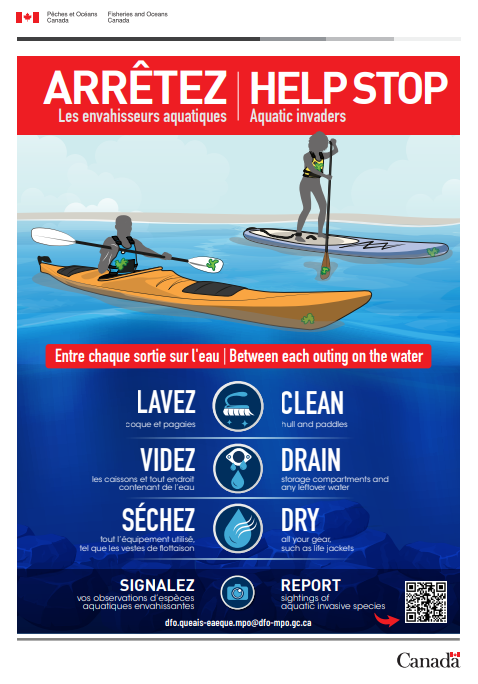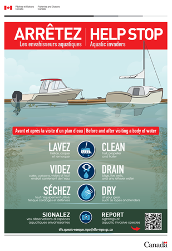Aquatic invasive species
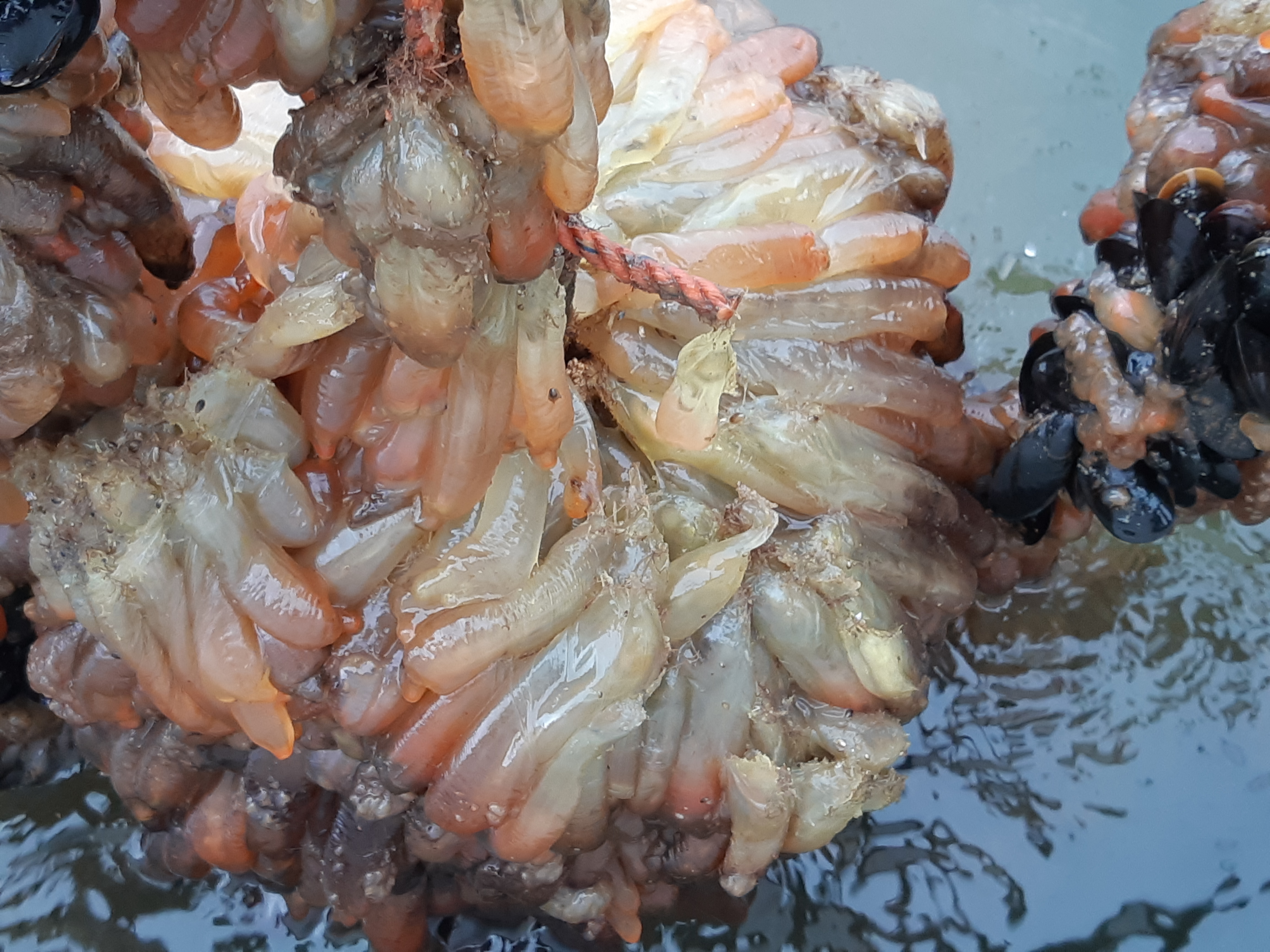
Vase Tunicates
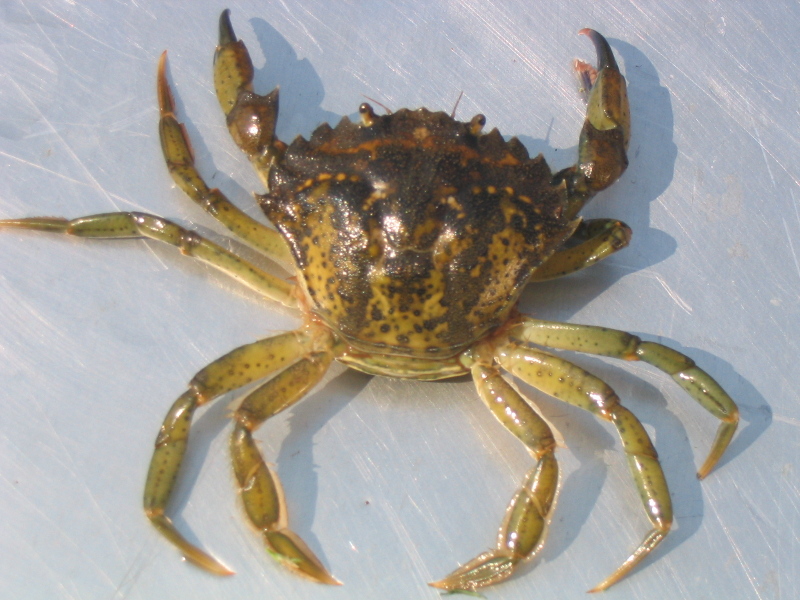
European Green Crab
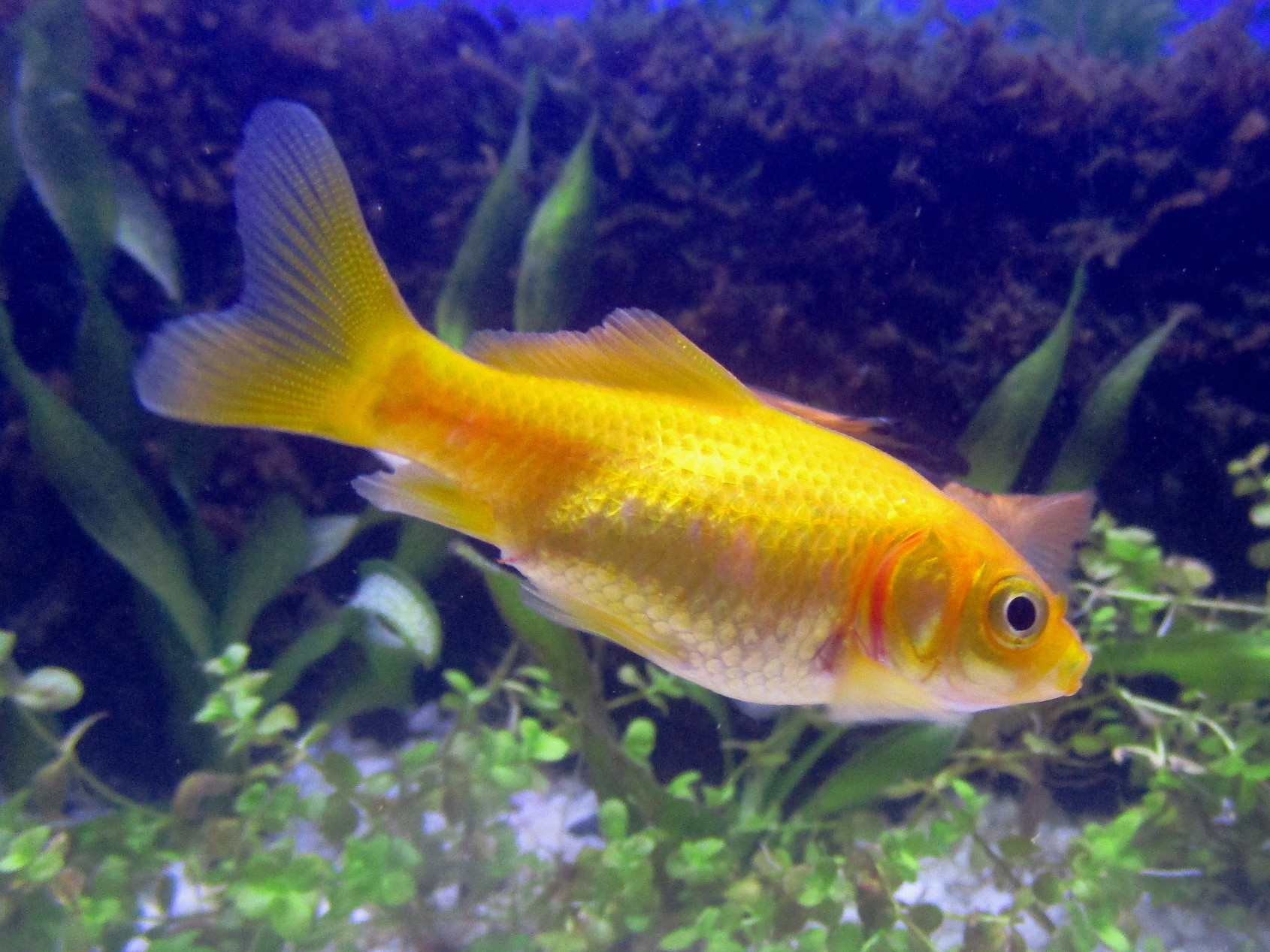
Goldfish
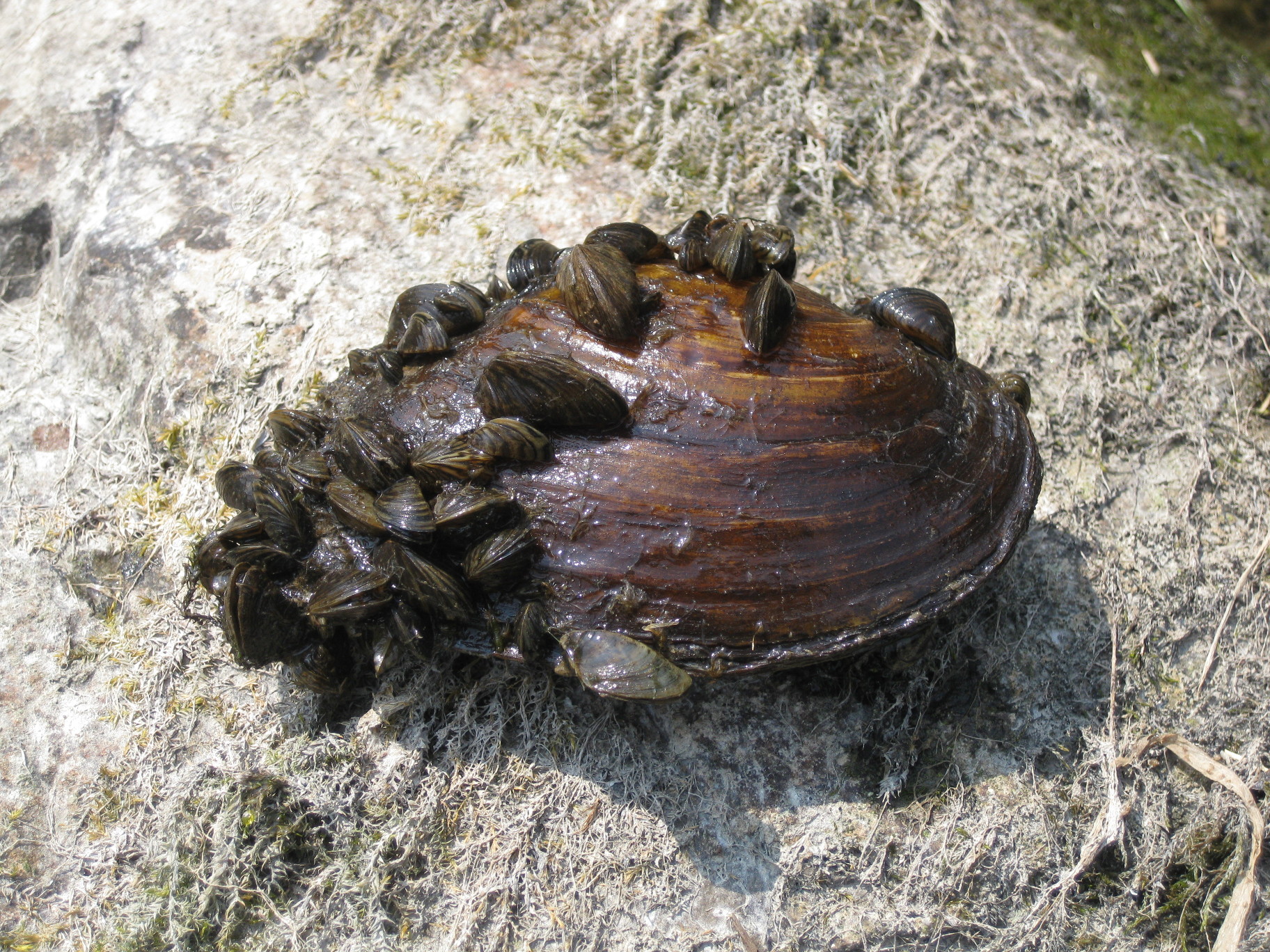
Zebra Mussels on a native mussel
Aquatic invasive species: a threat to our waterbodies
Like many places with an abundance of water bodies, Quebec is grappling with problems related to aquatic invasive species.
What are aquatic invasive species?
An aquatic invasive species is an animal or plant species that has been introduced to an environment where it is not normally found. Invasive species are almost always introduced and spread by human activities, whether intentionally or not. In their new environment, aquatic invaders may grow and reproduce quickly, displacing native species and modifying their habitats. An invasive species does not have to come from another country: a species that is native to one region of Quebec may be invasive if it is introduced to areas beyond its natural range.
After habitat loss, aquatic invasive species are the second-largest threat to global biodiversity. They also have a negative impact on activities such as fishing, swimming and recreational boating.
Prevention starts with action
The best way to protect our ecosystems from aquatic invaders is to avoid introducing them in the first place. Everyone can play a part in keeping them out of our waters. If you have any questions about aquatic invasive species or want to learn more: Aquatic invasive species (dfo-mpo.gc.ca)
Related links
Several tools and documents are available to help the public, decision-makers, and local stakeholders learn about aquatic invasive species in order to better identify, monitor, and support informed decision-making
- Aquatic Invasive Species - Resources
- Répertoire d’outils de sensibilisation sur les espèces aquatiques envahissantes (french only)
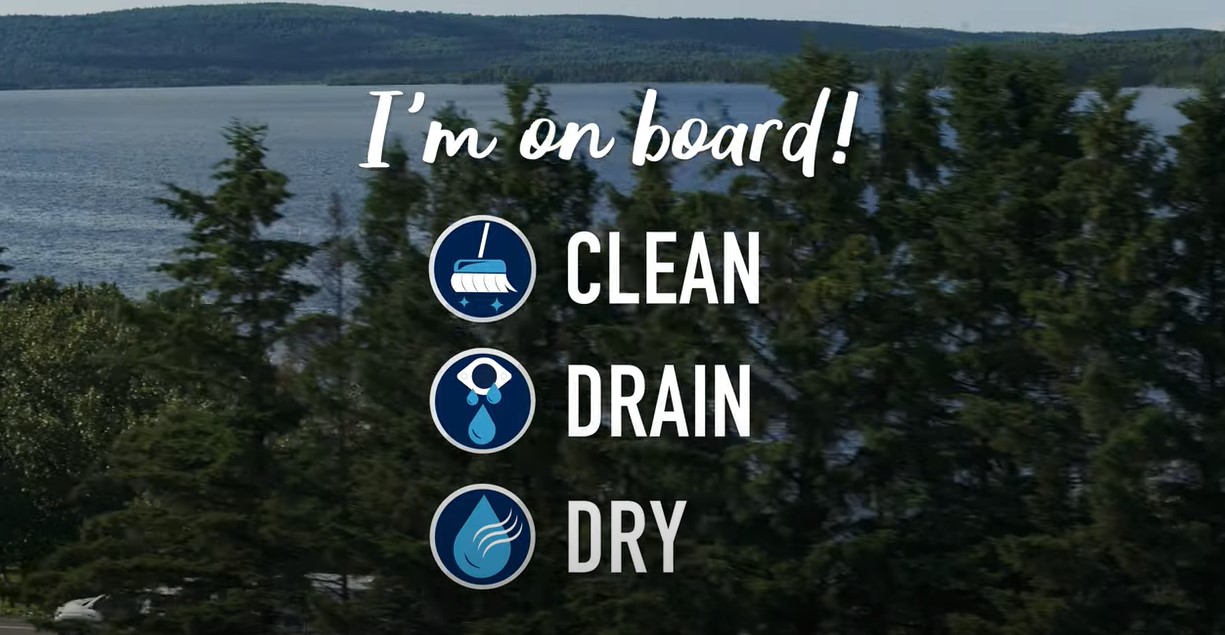
Preventing Invaders
Quebec has a large number of lakes and rivers. During boating season, many recreational boaters like to take their watercraft out on several different bodies of water. A boat should always be cleaned before it is moved from one lake or river to another in order to minimize the risk of transporting aquatic invasive species to an uninvaded waterbody.

You can help prevent the introduction and spread of invasive species so that they do not cause serious problems. There are three important steps that you should follow.
Clean
Remove all visible vegetation, debris and mud from the watercraft. Wash the propeller, hull, rudder and all equipment that comes in contact with the water, including paddles, personal flotation devices (PFD) and the trailer.
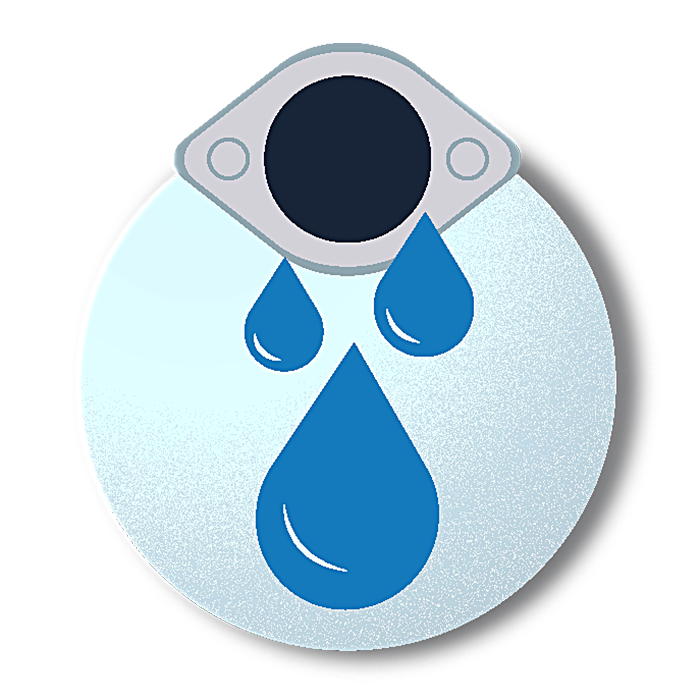
Drain
Drain all the water from the boat, including the livewell, storage compartments, the hold and the motor.
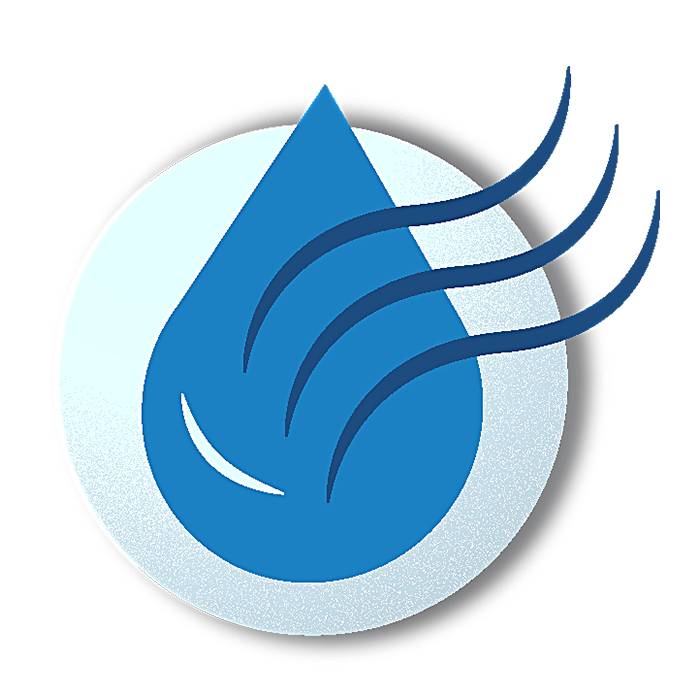
Dry
Dry all of the equipment, including the ropes, fenders, oars, paddles and personal flotation devices (PFD), until there is no water left anywhere on the inside or outside of the watercraft.
- For maximum efficiency, it is recommended that you use a pressure washer with hot water (60o C) to clean the boat and all equipment that has been exposed to the water.
- Ideally, you should wash the watercraft and all equipment 30 m away from any watercourse to ensure that the wash water (and any invasive species) does not end up in the water body.
- Make sure there is no water left in any internal compartments, such as coolers, livewells, storage areas, the motor or the hold.
- For optimal drying, let the watercraft and equipment air dry in the sun for five days. If that’s not possible, be sure to wipe all areas with a towel.
- To find a watercraft cleaning station, check out the interactive map of Québec's watercraft cleaning stations on the Atlas de l’eau (French only) or Forêt ouverte (French only).
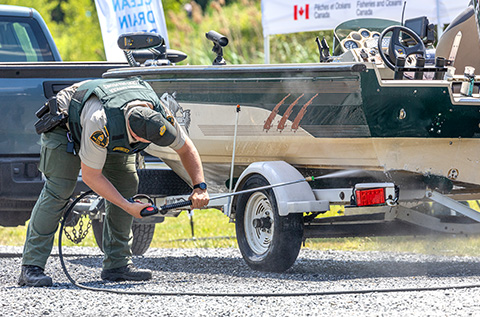
Clean, Drain, and Dry your boat before and after you visit a new waterbody!
It’s essential and easy to get on board!
Come meet us
Every summer, our Aquatic Invasive Species Team takes the Fisheries and Oceans Canada cleaning station to waterbodies and marinas across Quebec to raise awareness among recreational boaters about the importance of properly cleaning their watercraft.

| Date | Location |
|---|---|
| June 21-22, 2025 | Lac Témiscouata (marina de Cabano marina) |
| July 5, 2025 | Saint-Mathieu-de-Rioux |
| July 26, 2025 | Lac Jerry (Packington Municipal Beach) |
| August 2-3, 2025 | Lac Philippe (Parent beach) |


Communication tools
To prevent the spread of aquatic invasive species, learn to recognize them with our identification booklets:
Identification booklets
Information sheets
Posters
Contact us
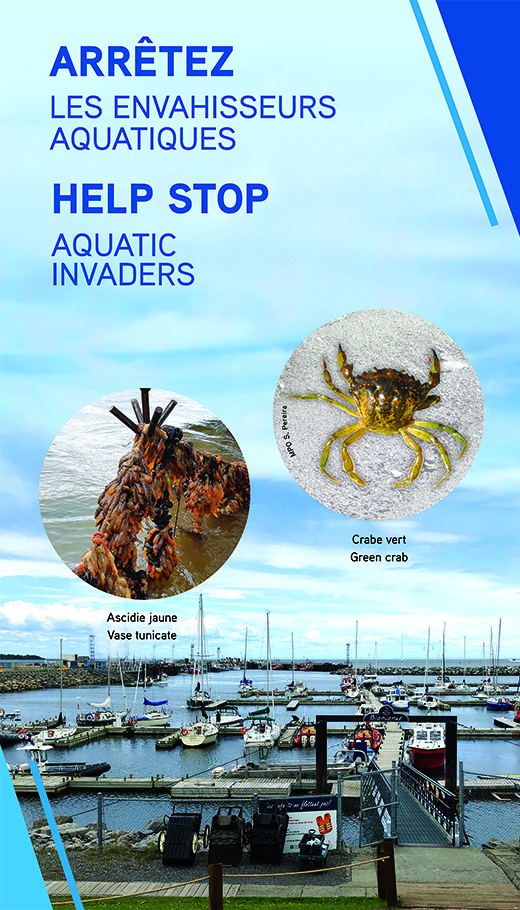
If you see an aquatic invasive species:
- Try to identify it using one of our identification booklets. There is one for freshwater species and one for marine species.
- Take photos, note the location (GPS coordinates) and the number of individuals seen (if possible) as well as the observation date.
- Report all sightings of aquatic invasive species to Fisheries and Oceans Canada:
Toll-free: 1-877-722-4828
dfo.queais-eaeque.mpo@dfo-mpo.gc.ca
Elsewhere in Canada: Contact us to report an aquatic invasive species
